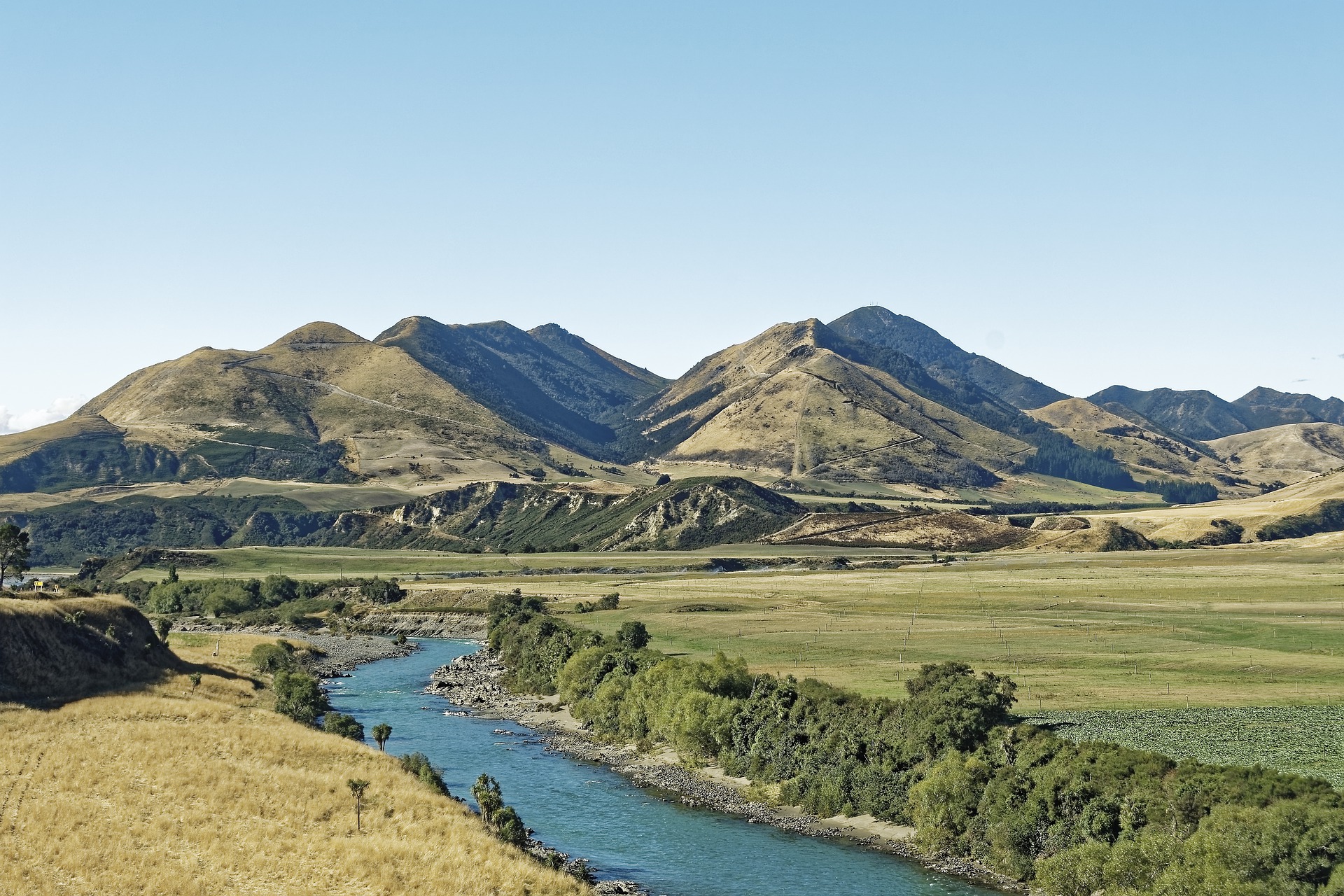
Tamaki Makaurau – There is global recognition that controlled tree aexpansion could be one of the most effective solutions in the fight against climate change.However, new research has shown that the level of growth needed to produce the number of trees required targets is unlikely to be achieved through natural means alone.
Environmental scientists and ecologists at the University of Plymouth showed that browsing behaviour by livestock is a major determinant of the expansion and connection of fragmented temperate rainforests, like those over much of the South Island and southern North Island.
The study found the presence of livestock led to far fewer oak saplings surviving. When saplings did survive, they were smaller and in poorer condition, and seldom lived beyond eight years old without protection.
Interestingly, however, disturbance by grazing livestock may not be all bad and its precise impact may depend on surrounding plant species.
For example, although toxic bracken may help protect the youngest tree seedlings from grazing animals, too much bracken may reduce suitable conditions for oak sapling establishment due to increased competition for light.
If carefully managed, trampling by browsing livestock such as cattle and ponies can open up areas of bracken and so help support the conditions for temperate rainforests to expand.
The planting of trees and an end to deforestation are increasingly being highlighted as low cost and environmentally sensitive mechanisms to combat climate change.
The measures have been factored into the net-zero agendas of many governments, with world leaders also pledging to address the issue during COP26 in Glasgow last year.
The Plymouth research findings suggest the expansion of oak woodland into UK upland pasture systems is not a simple process. They may have a critical role to play, but these important temperate rainforests have been historically degraded and are now highly fragmented.
Reversing that trend is likely to require strategic planting and informed livestock management. Getting this right, however, will warrant a delicate balancing act and close cooperation with a range of stakeholders, including particularly landowners and graziers, at a time when upland farms are facing severe financial pressures and there are ongoing changes in incentives.
The research is published in Ecological Solutions and Evidence, a journal of the British Ecological Society, and makes a series of recommendations for landowners and policy makers:
Livestock grazing particularly cattle should be encouraged close to adult trees at the edge of woodlands as they reduce dense and competitive vegetation.
On sites where seedlings and saplings have colonised, livestock should be excluded for a minimum period of 12 years to increase sapling survival, growth and establishment.
On upland valley slopes where current ecosystem services provision is low and tree establishment is required for connecting woodland habitat and rapid soil hydrological recovery. Strategic planting and grazing management schemes should be encouraged.
Older and larger saplings could be planted directly into areas where dense vegetation protects saplings from animal livestock.
The research team has previously shown that the planting of native woodlands in higher areas could play a significant role in preventing the flash flooding which has increasingly affected rural communities.

